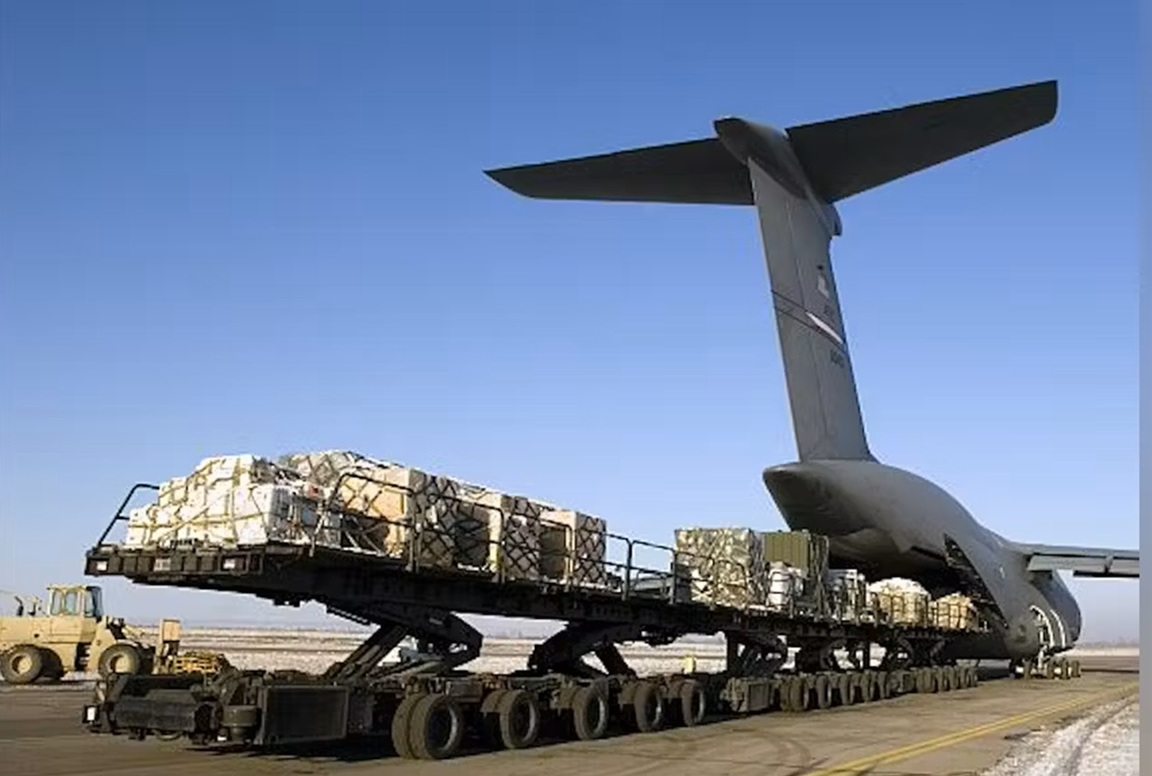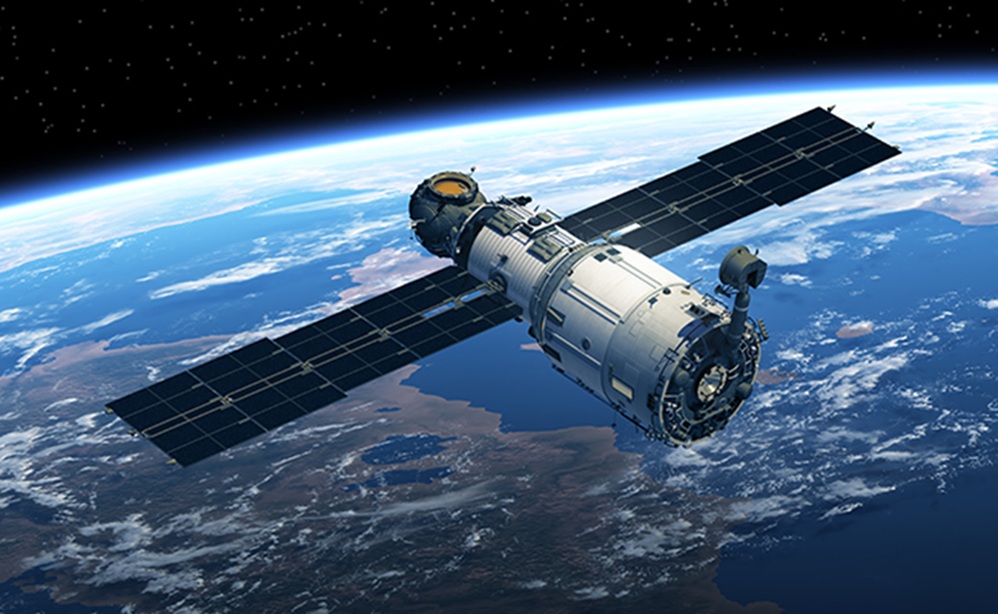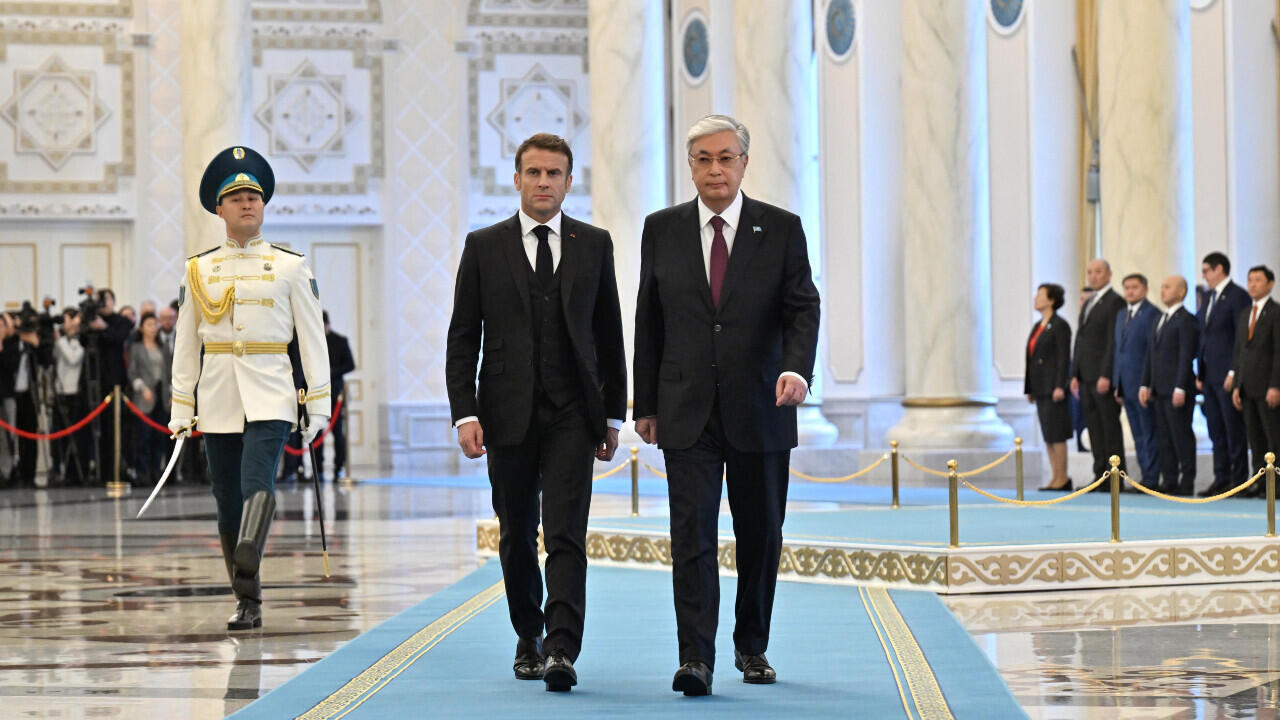Military Modernisation by assimilating new age technology has become the need of the hour for India
The escalating tension between India and China at the border has been a wake-up call on the need for advances in military prowess. Although most threats are external, the armed forces must be prepared for disruption from anywhere. In the past decade, massive strides have been taken in the domain of technology which has catapulted development at a never-before-seen rate. This disruption driven by commercialization should not be ignored as they possess the dual quality of constructive and destructive change in society. In a time when the technological gaps in the Government threaten the very basis of strategic warfare, embracing the potential revolutionary technologies becomes all the more necessary. Both states based and non-state based actors have now come in possession of disruptive technology whether as a byproduct of continued development or from intentional leakages by international players.
AI and Future Technologies
Additive manufacturing technology (3D printing) being a cumbersome process requiring a trained specialist to operate is a notion of a primitive era. Contemporarily, such devices (3D printers) are sold as commercial products on e-commerce websites. Although at first glance the notion might seem innocent enough, with proper planning fully functioning firearms have been manufactured from scratch using these home-use printers. This is just a scratch on the surface of the potential implications such as a drip of sophisticated technological contraptions into all strata of society. Add in a few electronics components and drones can be built which can be used to deploy explosives as allegedly done in the ammunition bombing by Ukraine Separatists in 2017 to 2019.
Perhaps the most significant of the disruptive technologies with far-reaching military consequences is in the field of AI (Artificial Intelligence) and its associated machine learning fields. Using its automation of data collection, analysis and the ability to develop its own algorithms to make split-second decisions on the battlefield, AI has been deemed to play an integral role in the warfare of the future. AI is already being used to both detect, prevent and deter cyberattacks with alleged origins in Russia and China. India has been late to the race and does not possess the infrastructure to prevent a specialized mass-scale cyberattack. But is quickly catching up, the establishment of the Defense AI council in 2019 and the Defense AI Project Agency (DAIPA) can be seen as one of the primary steps to prepare for the same. Smart Swarms are a synthesis of the amalgamation of AI with robotics. This mainly comprises a cluster of drones that are collectively controlled by an AI. The USA has already developed prototypes for such systems known as the Low-Cost Unmanned Aerial Vehicle (UAV) Swarm Technology (SWARM). It is believed that work is in progress to create devices of similar or greater firepower capabilities in China. Currently, India lacks in this department with only the Herons and he Israelis Searchers to boast. Drones and other Unmanned Autonomous Vehicles (UAVs) would no doubt be a great asset to the military, especially in patrolling inhospitable and harsh conditions that are most common at the borders.
The New Arms Race
Hypersonic weaponry is another such topic that has been slurred from its slumber after the unveiling of DF-17 in China. These projectiles travel at a minimum of Mach 5, which is 5 times the speed of sound, capable of avoiding almost all anti-missile systems in use today. The speed along with AI-controlled manoeuvre capabilities make these impossible to predict or intercept with the current technology. Currently, all militaries across the world are defenceless against such attacks and the fear of counter-attach is the only thing preventing the use of such weaponry in combat. This technology has existed for a long time and for an equally long time the USA had prided itself on its arsenal of hypersonic gliders and jets. However, newer advances in technologies of material sciences and aerodynamic engineering have led to innovative means to bypass the inherent hurdles of Aerial manoeuvrability and heat resistance, factors that had impeded further progress in this field in the past. Now a type of silent arms-race, similar to the race to the Moon, has begun with the goal of developing faster, more discreet weapons to strike our enemies before they can comprehend it as well as to build an adequate defence against the same. Nurturing the development in such fields would no doubt lead one to reap great results and for the same reason, which is why the deal with Russia to develop Mach 7 Glider Casings might be a good step although complete autonomy is preferred in the long run.
Conclusion
It is extremely important to imbibe newer technologies into the current military development as well as to develop indigenous and autonomous production of the same. Most of the breakthroughs in technology has not been in pursuit of military superiority but for commercial development. However, the dual nature of these innovations enables them to be transferred to the domain of weaponry and serve the evolving needs of the military. For this, a synergy is needed between the military and the industrial sectors with conditions to push for mutual benefits. Currently, DRDO (Defence Research and Development Organization) is the major player in supplying the needs of the government be it developing newer technologies, creating technical infrastructure or reappraising old labs. Its status as the sole centre of development for the plethora of needs of a nation has stretched its resources thin with problems of delay, undercutting budgets and lack of infrastructure impeding its full potential. There are winds of change on the horizon with the government setting goals to increase its military budget which could no doubt benefit the researchers at DRDO. The steps by the government might pave the way to an affordable and self-reliant ecosystem that synergises both military and domestic development.
Disclaimer: The views and opinions expressed by the author do not necessarily reflect the views of the Government of India and Defence Research and Studies
Title image courtesy:https://timesofindia.indiatimes.com/india/india-to-spend-a-whopping-130-billion-for-military-modernisation
References
- https://www.prsindia.org/report-summaries/preparedness-armed-forces-%E2%80%93-defence-production-and-procurement#:~:text=The%20draft%20Defence%20Production%20Policy,envisaged%20in%20the%20draft%20Policy.
- https://www.sciencemag.org/news/2020/01/national-pride-stake-russia-china-united-states-race-build-hypersonic-weapons
- https://economictimes.indiatimes.com/news/defence/india-will-see-tremendous-increase-in-defence-exports-in-next-4-5-years-drdo-chairman/articleshow/80384939.cms?from=mdr







